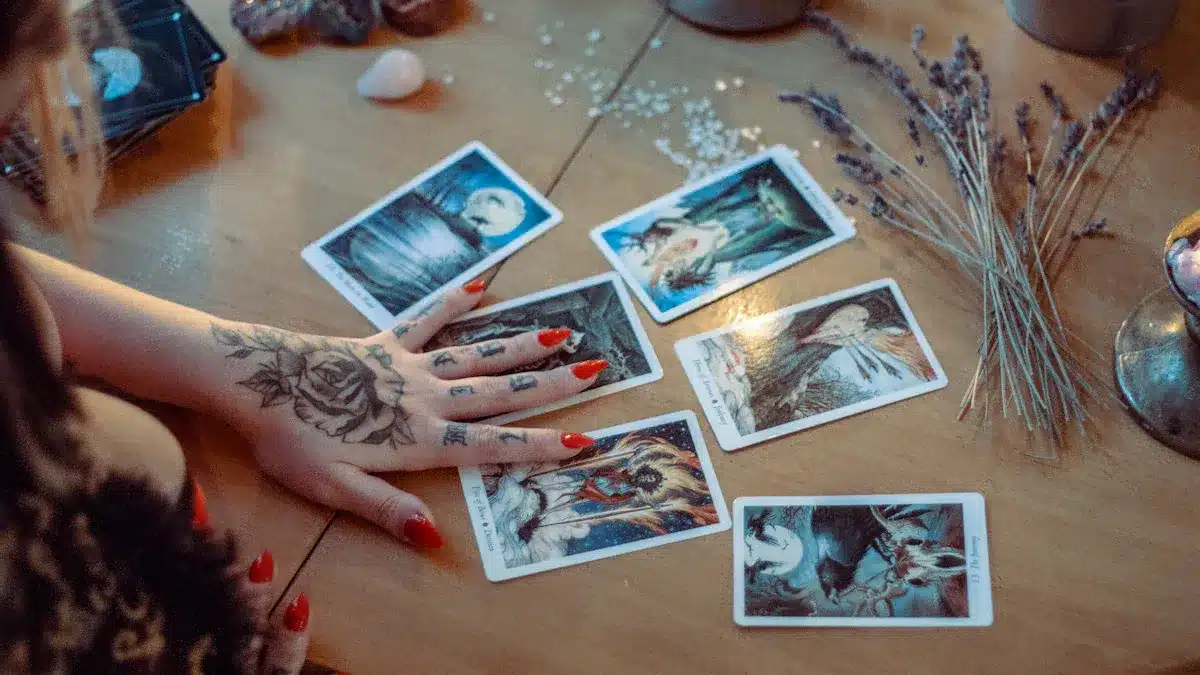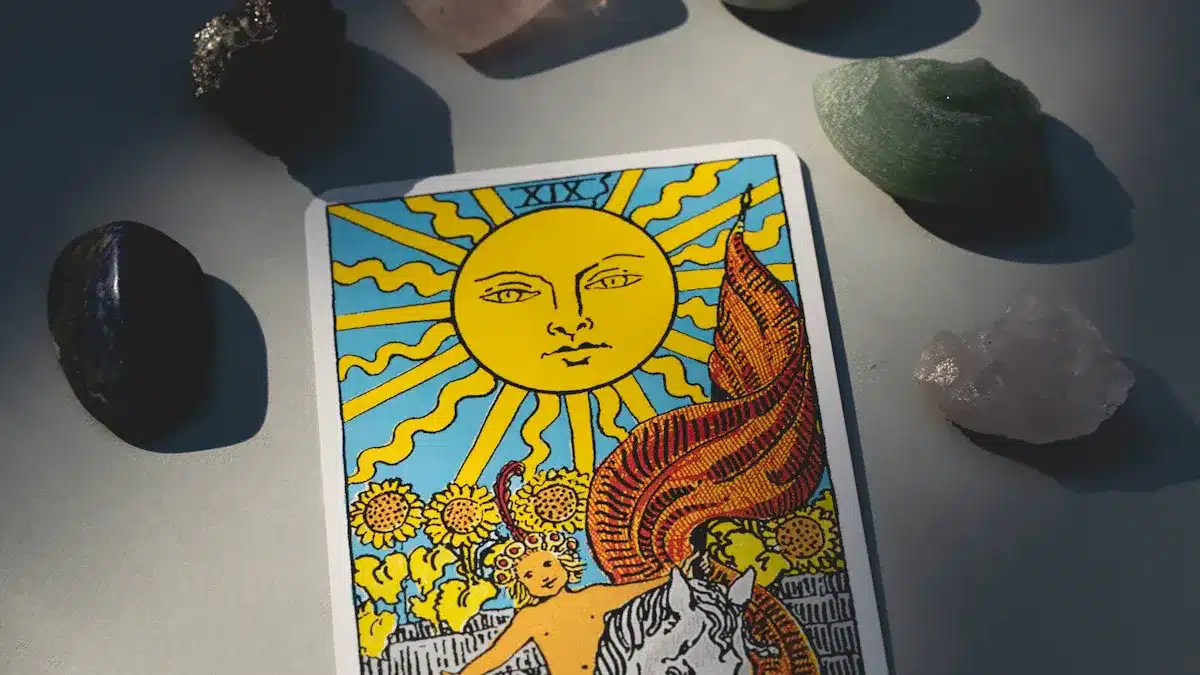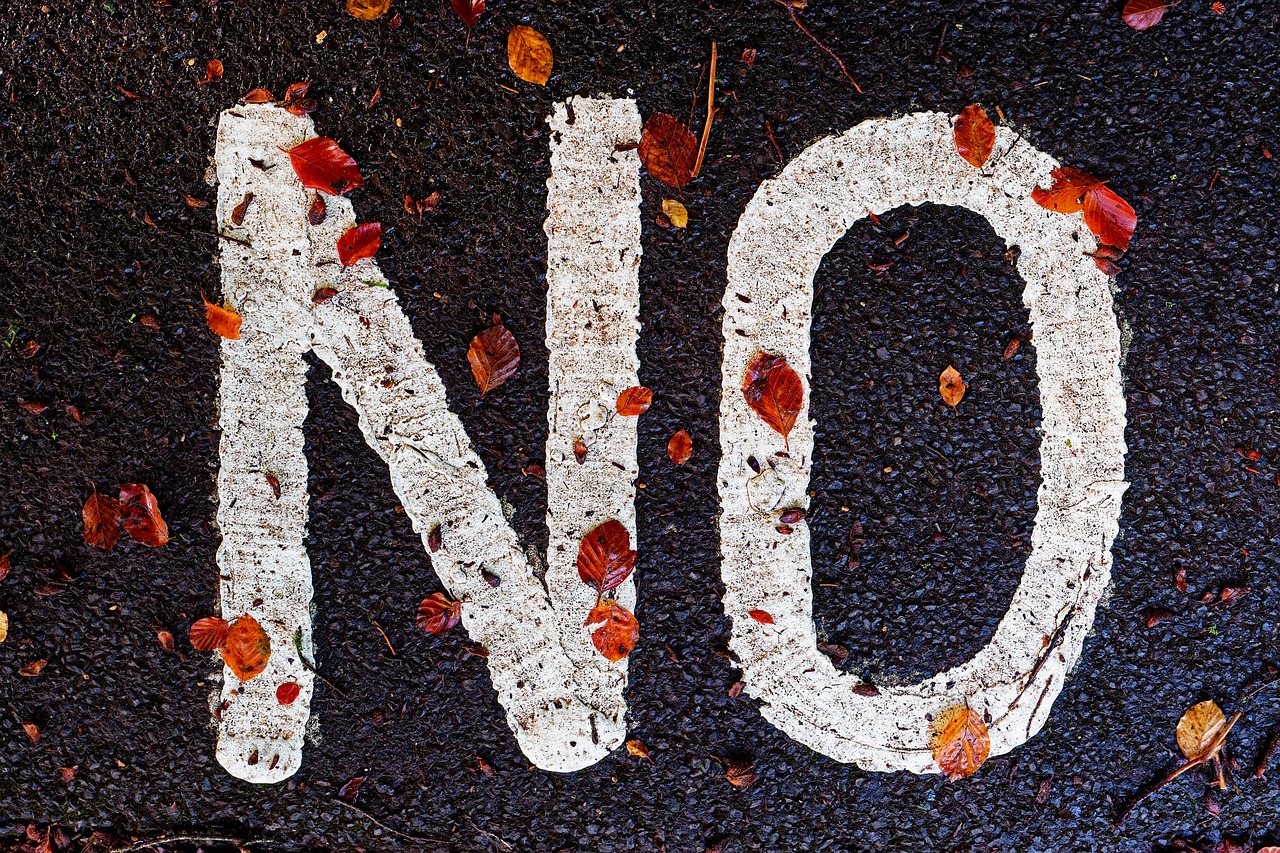
Have you ever wondered if tarot cards can provide you with a quick yes or no answer? They absolutely can! Tarot isn’t solely about deep, mystical readings; it’s also a practical tool for gaining clarity. By focusing on your question and understanding the meanings behind each card, you’ll discover answers in no time. With a tarot yes or no list, you’ll feel empowered to navigate your decisions. Additionally, engaging with your tarot1 deck makes the entire process even more enjoyable!
Key Takeaways
-
Decide what you want to know before reading tarot. This helps you focus and get better answers.
-
Pick a tarot deck you like and feel good about. A deck you enjoy will make your reading better.
-
Believe in your instincts while reading. Your feelings can explain more than the card meanings.
Preparing for a Yes/No Tarot Card Reading

Setting a Clear Intention
Before you begin, take a moment to focus on what you want to ask. A clear intention is key to getting accurate answers. Think about your question—what do you truly want to know? Studies show that 93% of tarot users turn to the cards for personal growth, and setting a clear intention helps you connect with the cards on a deeper level. Whether you’re seeking guidance on love, career, or personal decisions, clarity will guide your reading.
|
Statistic |
Description |
|---|---|
|
93% |
Tarot users utilize it for personal growth |
|
73% |
Have studied tarot for over three years |
Choosing the Right Tarot Deck
Your tarot deck is like a trusted friend. Choose one that resonates with you. If you’re just starting, a classic deck like the Rider-Waite-Smith is a great choice. More experienced readers might prefer decks with unique artwork or themes. The key is to feel connected to your deck—it should inspire confidence and curiosity.
Creating a Focused Environment
A calm space can make all the difference. Turn off distractions, light a candle, or play soft music. A 2009 study found that tarot is often used for self-reflection, and a focused environment enhances this process. Small spreads, like one or three cards, can help you stay centered and simplify your reading.
Shuffling and Drawing Cards with Purpose
Shuffling is more than just mixing cards—it’s a ritual. As you shuffle, think about your question. This aligns your energy with the cards. Some readers cleanse their deck with incense or moonlight to reset its energy. Once you’re ready, draw your card with intention, trusting that the answer will reveal itself.
Tarot Yes or No List: Identifying Card Meanings

Common “Yes” Cards

Some tarot cards radiate positivity and are often interpreted as a “yes.” For example, the Sun card symbolizes success, joy, and clarity. It’s like a big green light from the universe. The Ace of Cups is another strong “yes” card, representing new beginnings and emotional fulfillment. Cards like the Star and the World also fall into this category, offering hope and completion. When these cards appear in your reading, they’re usually a sign that things are aligning in your favor.
Common “No” Cards

On the flip side, certain tarot cards lean toward a “no.” The Tower, for instance, often signals sudden upheaval or chaos, which might mean the timing isn’t right. Similarly, the Ten of Swords suggests endings or defeat, making it a clear “no” in most cases. Cards like the Devil or the Five of Pentacles also carry heavy, restrictive energy. If these show up, they might be urging you to reconsider your path or question.
Neutral or Ambiguous Cards
Not every card in the tarot deck gives a straightforward answer. Some, like the Hanged Man, suggest waiting or looking at things from a new perspective. The Moon can indicate confusion or hidden truths, making it hard to pin down a clear “yes” or “no.” These cards encourage you to dig deeper and reflect on your question. They remind you that not all answers are black and white.
Using Reversals in Yes or No Questions
Reversed cards can add another layer to your tarot yes or no list. A reversed “yes” card, like the Sun, might mean a delayed or partial “yes.” On the other hand, a reversed “no” card, like the Tower, could soften its impact, suggesting that challenges are manageable. Reversals aren’t always negative—they simply offer a different perspective. Trust your intuition when interpreting them.
Interpreting Yes/No Tarot Card Reading Results
Trusting Your Intuition
Your intuition is your strongest tool in tarot readings. Trust your gut feelings to connect better with the cards. Many people use tarot for self-reflection, not just predictions. This makes trusting yourself very important. Studies show that journaling and practicing tarot can improve self-trust. When you follow your instincts, answers feel clearer and more personal.
Tip: If a card’s meaning confuses you, pause and reflect. Your first thought is often the most accurate.
Analyzing Card Imagery and Symbolism
Each tarot card tells a story through its pictures and symbols. These details can spark feelings or ideas to guide your reading. For example, the Sun card’s bright light feels hopeful. The Tower’s falling structure might make you cautious. Learning these symbols helps you find deeper meanings. The images also help you connect with the cards, making your reading better.
-
Water often shows emotions, while swords can mean challenges.
-
Small details, like where a figure looks, add meaning to your reading.
Considering the Context of the Question
Your question’s context changes how you see the cards. A “yes” card in one case might mean “no” in another. For example, the Ace of Cups could mean new love. But if asking about ending a relationship, it might mean healing instead. Always match the card’s meaning to your situation. This keeps your reading clear and useful.
Drawing Clarifying Cards When Needed
Sometimes, one card doesn’t give a clear answer. In these cases, draw another card for more details. For example, if you pull the Moon card and feel unsure, a second card can help explain. Clarifying cards add context or confirm your thoughts. Stay focused on your question to avoid confusion.
Note: Don’t draw too many clarifying cards. One or two is enough to keep things simple.
Avoiding Common Mistakes in Yes or No Questions
Asking Clear and Simple Questions
When asking yes/no questions, be clear and specific. Vague or tricky questions can confuse the cards. Instead of asking, “Will I be happy forever?” try, “Will I enjoy my current job?” This helps the cards focus and give a clear answer. Looking back at past readings can show patterns in your questions. Keeping a tarot journal is a smart way to track and improve your skills.
Mistakes are part of learning tarot. If you misread a card or feel unsure, don’t worry. These moments help you grow.
Keeping It Simple
It’s easy to overthink your reading, especially for big questions. Overthinking can make you doubt yourself and feel stressed. Trust your first thought when you see the card. If you’re unsure, use small spreads like three cards to stay focused. This keeps things simple and less overwhelming. Remember, tarot is about trusting yourself, not making it harder.
Listening to Your Intuition
Your intuition is key to reading tarot well. Ignoring it can lead to wrong answers. Books and guides are helpful, but your feelings often reveal more. For example, if a card feels positive even if its meaning isn’t, trust that feeling. Let your emotions guide you during the reading. This makes your connection with the cards stronger and your answers more personal. Relying only on logic can limit your understanding.
-
Trust your feelings during readings for better results.
-
Emotions often give deeper insights than just logic.
-
Ignoring intuition can weaken your connection with the cards.
Not Overusing Reversed Cards
Reversed cards can add meaning, but don’t depend on them too much. A reversed card doesn’t always mean the opposite of its upright meaning. For example, a reversed Tower might mean smaller problems instead of chaos. If reversals confuse you, focus on upright meanings first. This keeps your reading simple and builds your confidence. Start small by learning upright meanings before adding reversals.
Tarot cards can give you clear yes or no answers when you approach them with focus and intention. Practice regularly and get familiar with the tarot yes or no list to build your confidence.
Tip: Trust your intuition. The more you connect with your deck, the more enjoyable and insightful your readings will become!
FAQ
What if I don’t understand the answer a card gives me?
Take a moment to reflect. Sometimes, the meaning becomes clearer with time. You can also draw a clarifying card for additional insight.
Can I use any tarot deck for yes or no questions?
Yes, any deck works! Choose one you feel connected to. A deck you trust will help you interpret the answer more confidently.
How often should I do yes or no readings?
There’s no set rule. Use them when you need clarity. Avoid overusing them, as this might make you second-guess the answer you receive.
